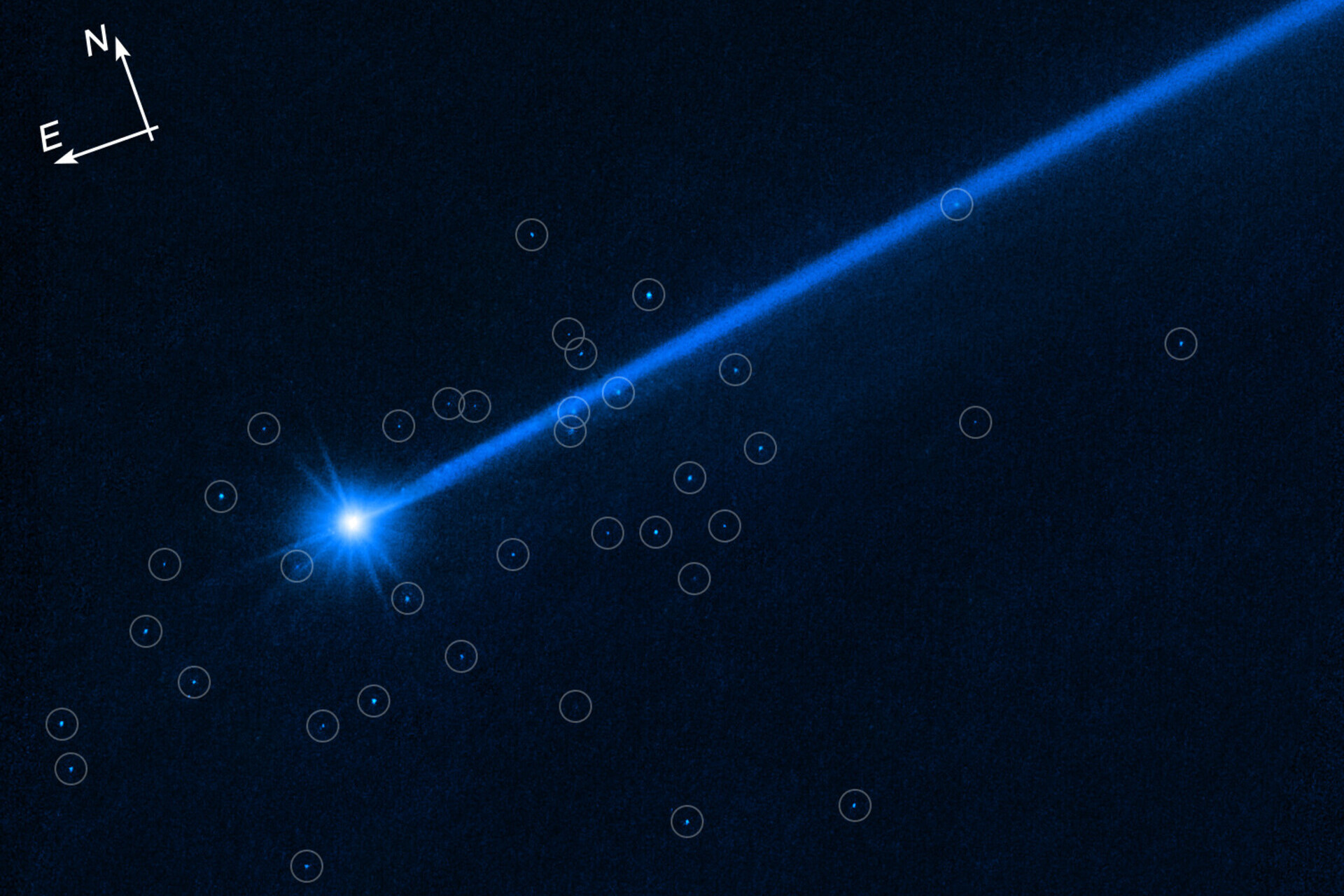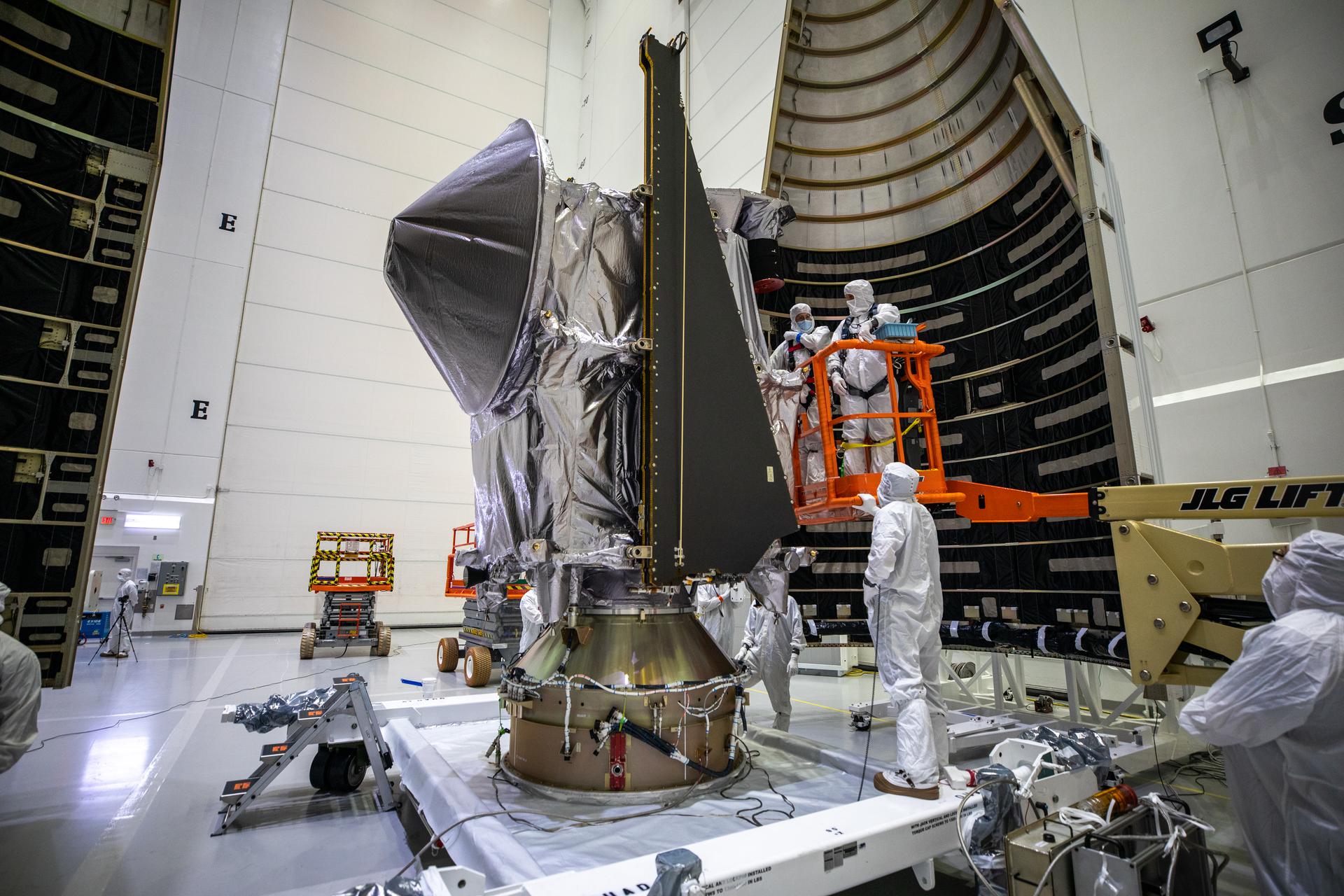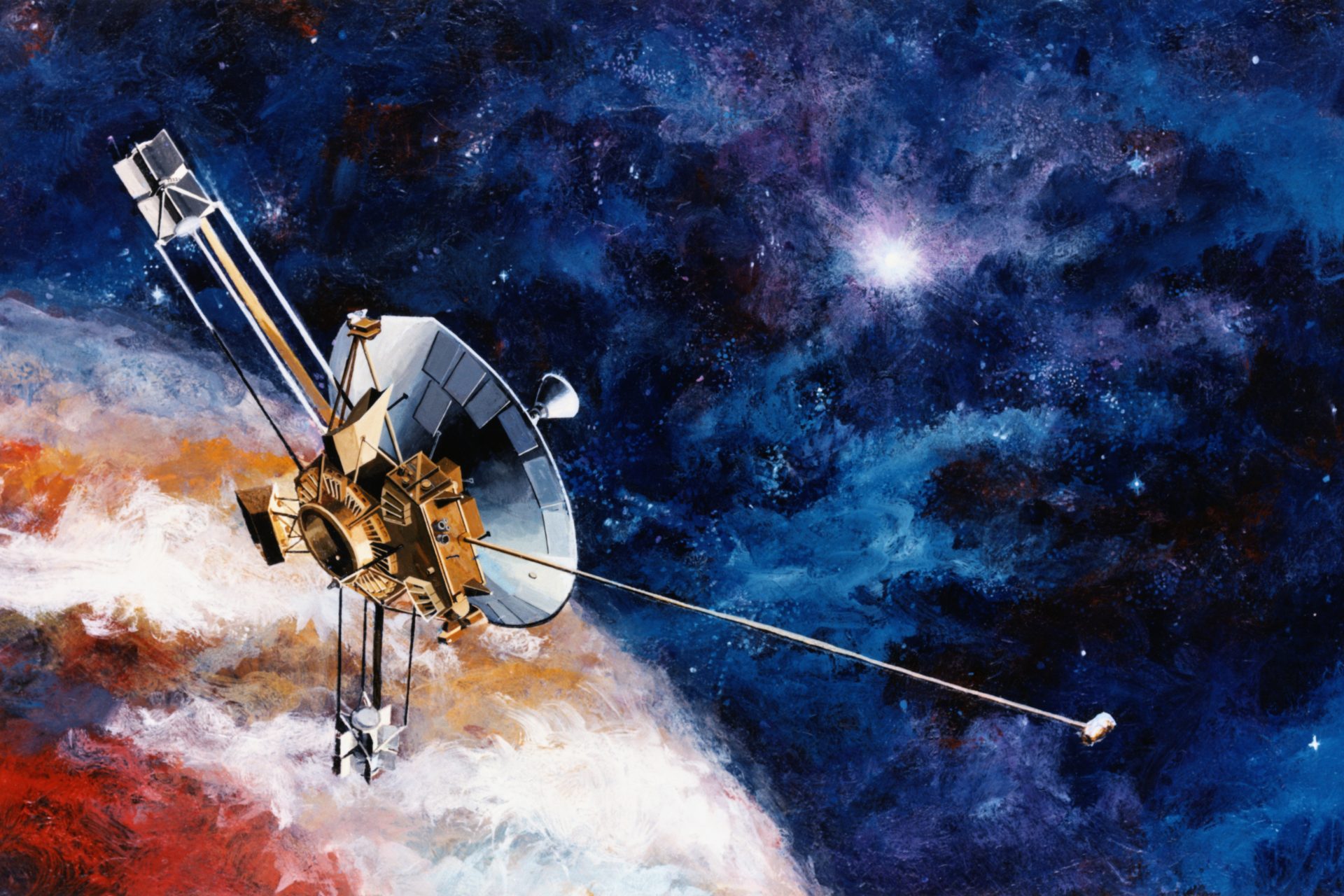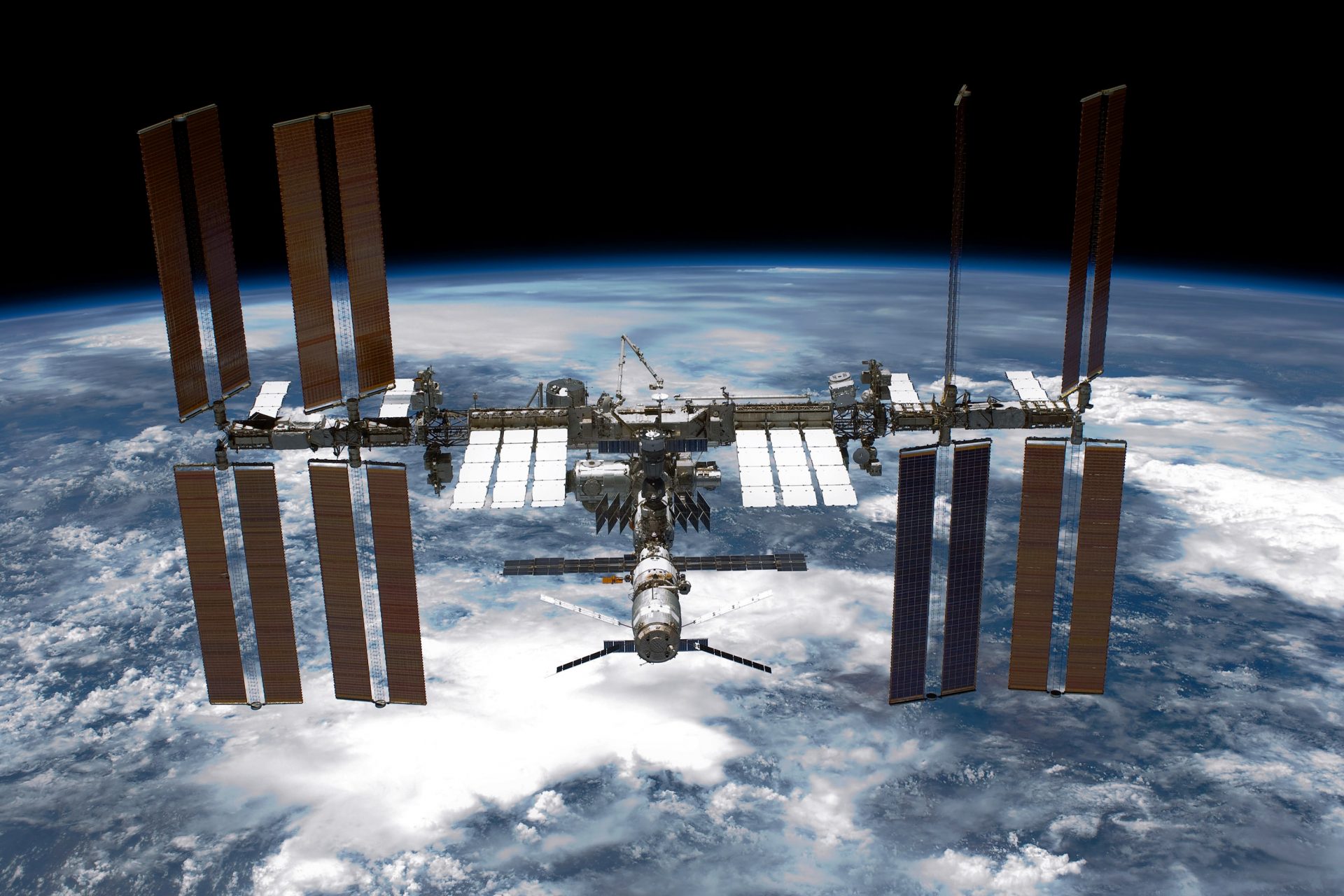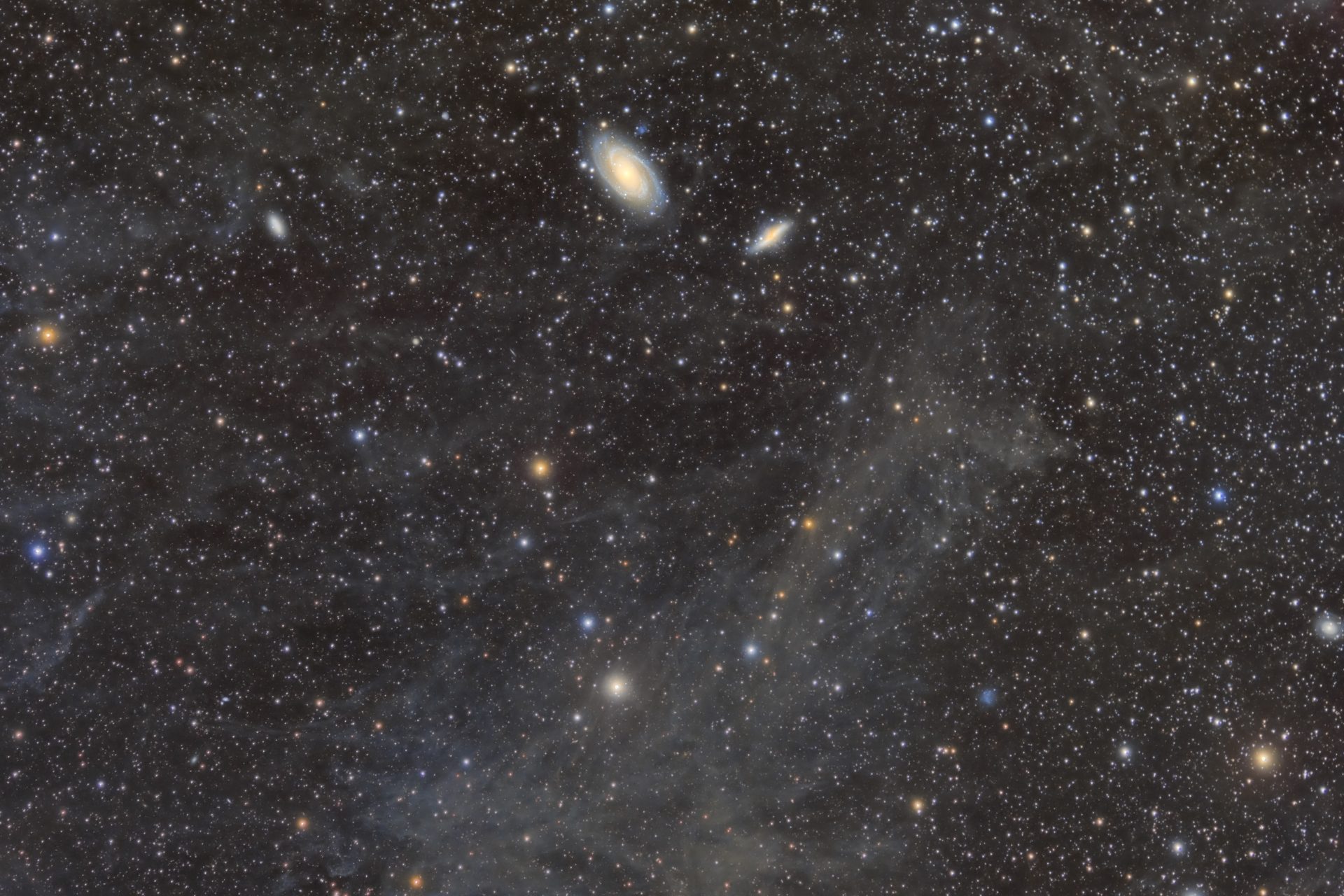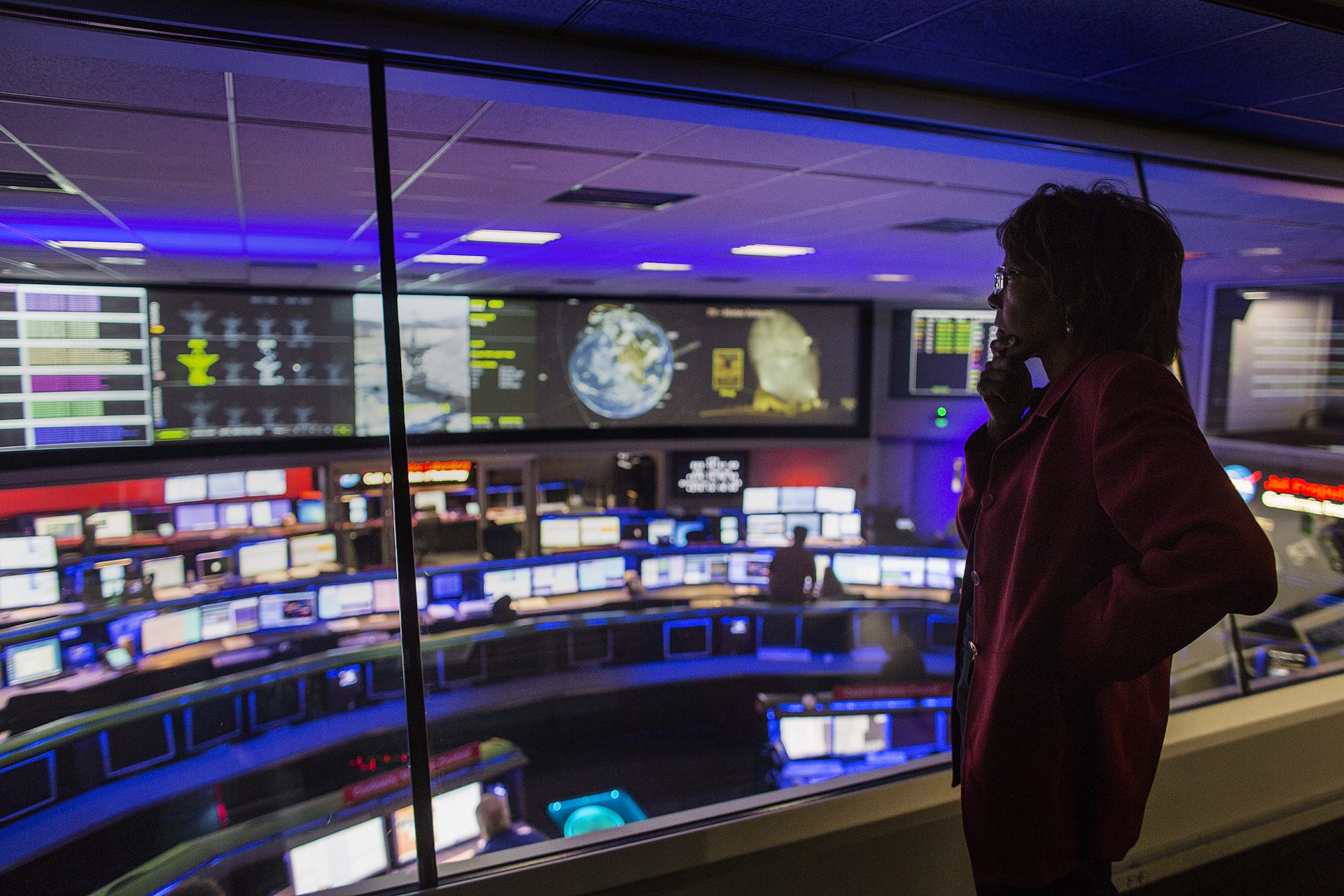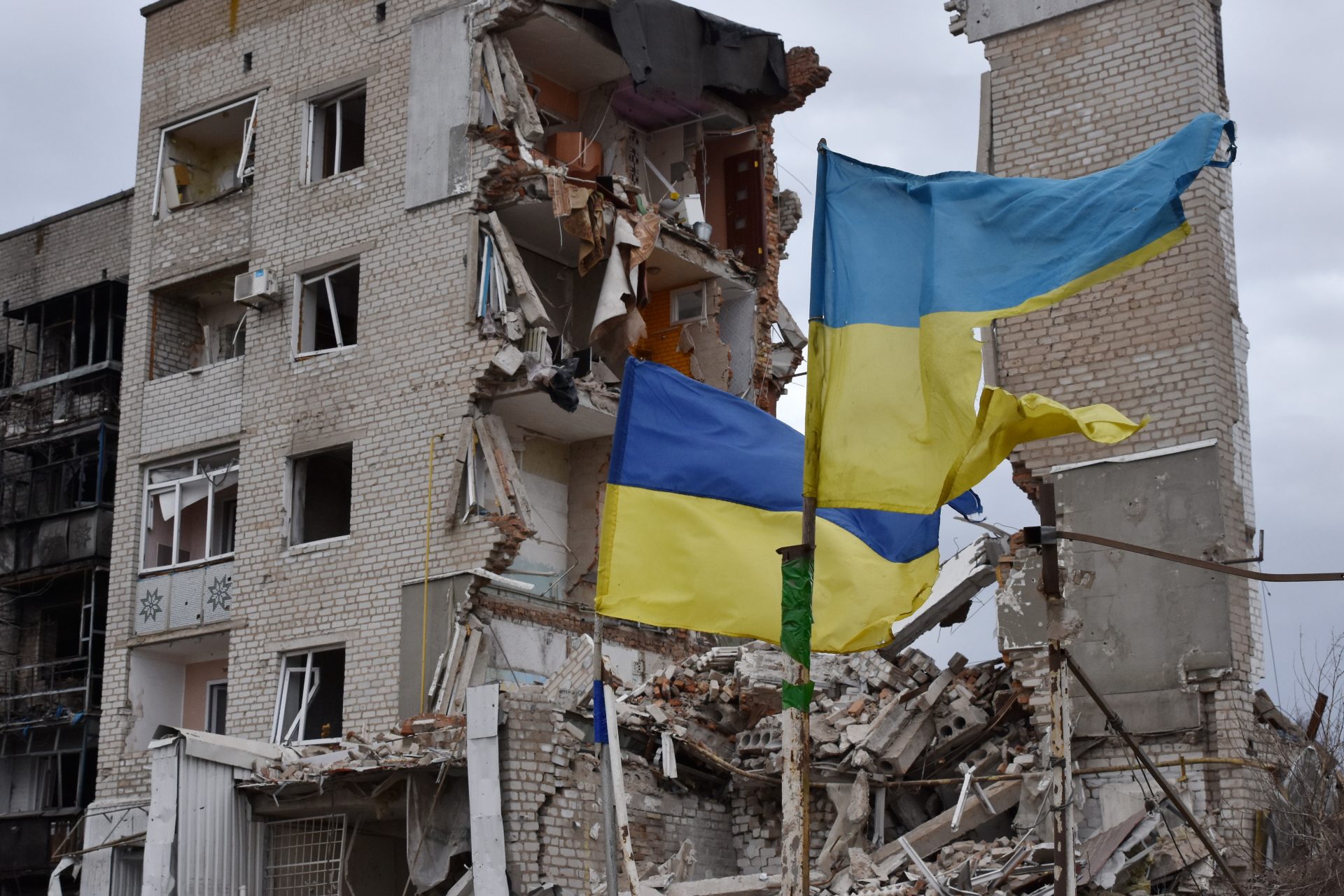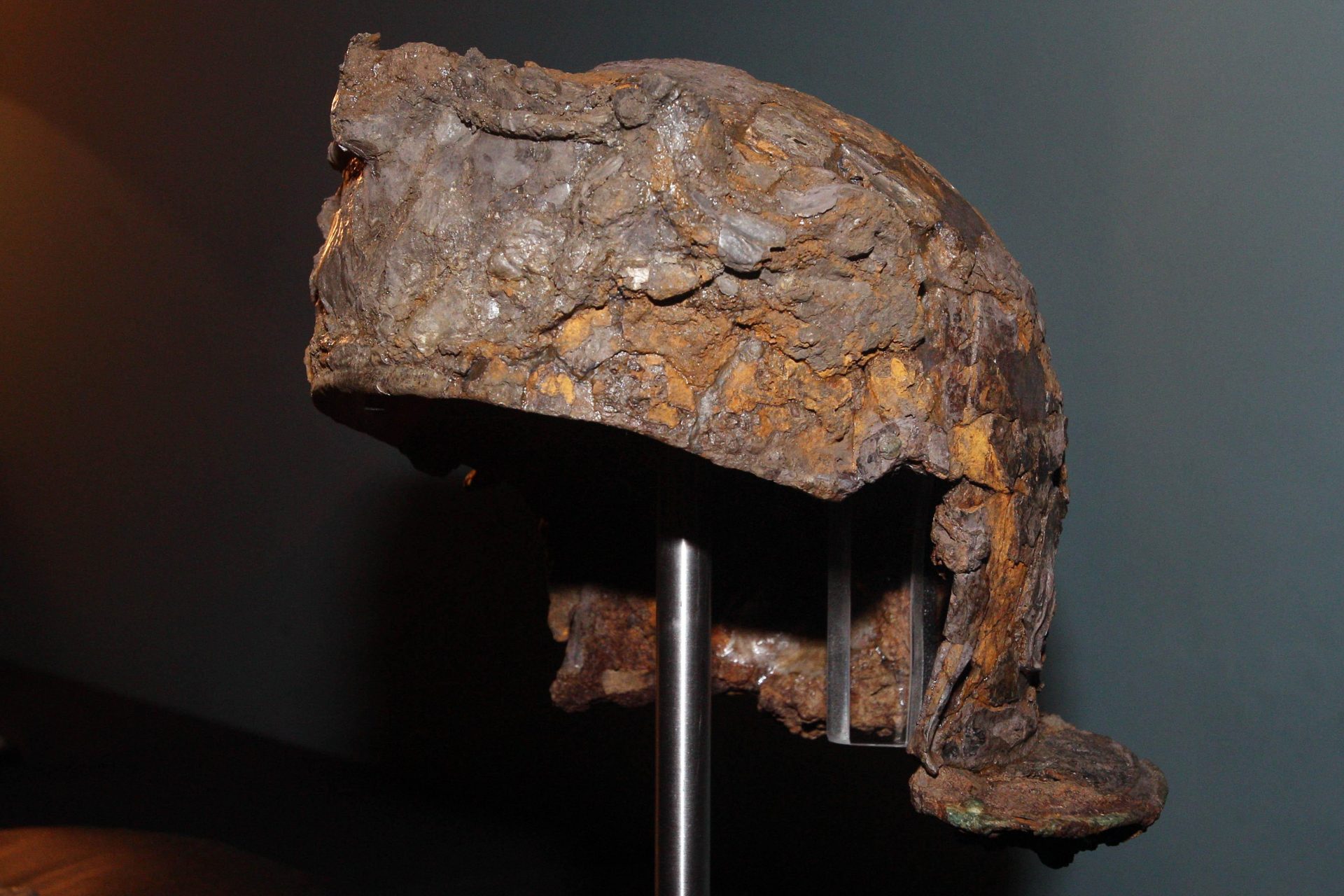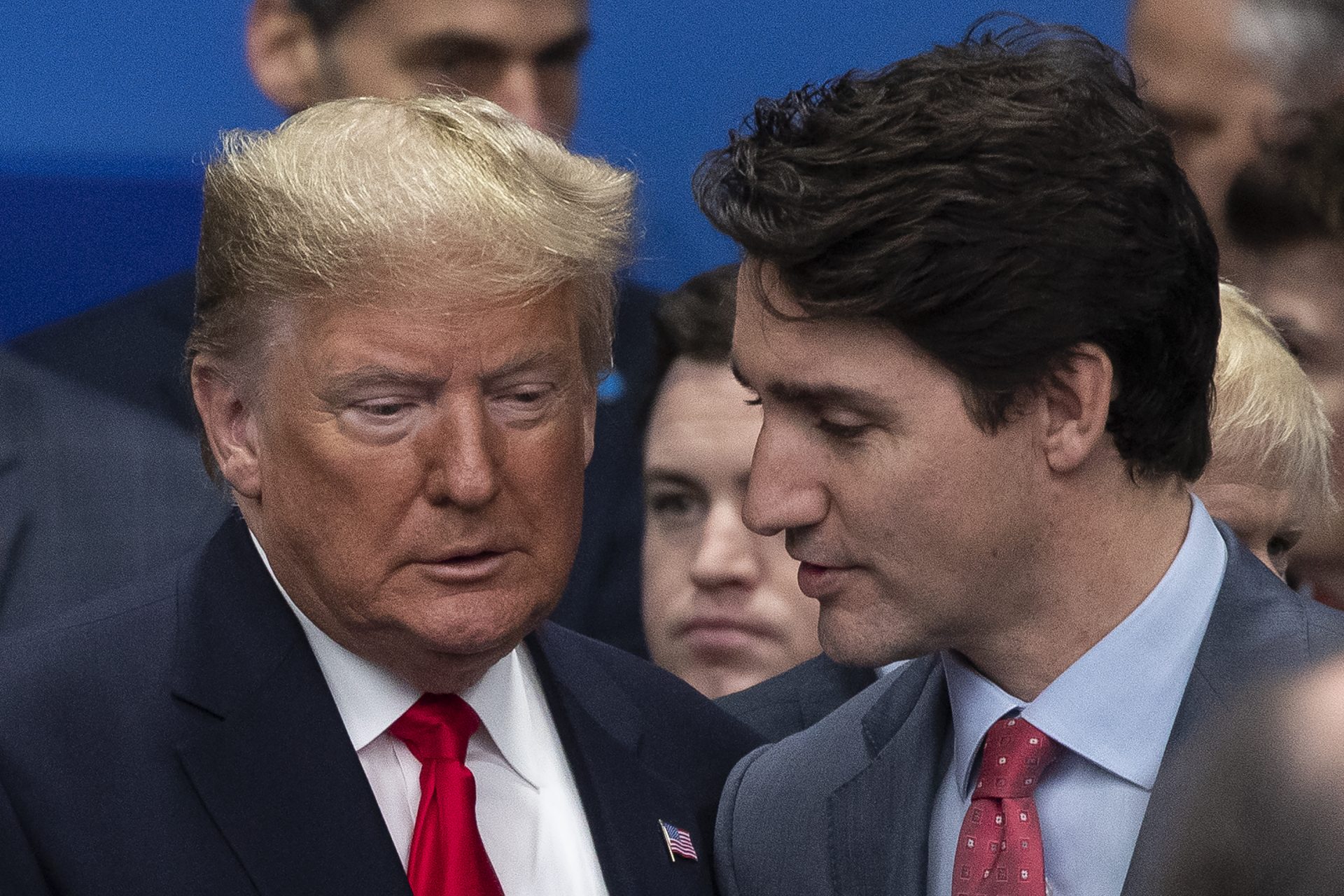United States' strange protocol in the event of an encounter with extraterrestrials
With continued technological advances, the prospect of an encounter with extraterrestrial beings no longer seems so far from reality. The crucial question is: are we truly prepared for this moment?
Few know that these issues have been seriously considered by governments, space agencies and research centers. Protocols for potential first contact with alien beings have been drawn up as part of these efforts.
In addition to advanced technology, the vastness of the universe and the discovery of exoplanets in habitable zones suggest that there is extraterrestrial life. In this sense, experts make predictions of possible contact scenarios, considering their advantages and disadvantages.
The United States, for example, created the world's first space guard army, the United States Space Force.
The American agency announced, in April 2024, that it will partner with the companies Rocket Lab and True Anomaly to carry out an unprecedented mission: a military exercise in orbit.
In the mission, a Rocket Lab satellite will chase another from True Anomaly and, in addition, suppliers will simulate responses to threats in an exercise called Victus Haze, according to the Space Force's Space Systems Command.
Photo: NASA/Ben Smegelsky
In short, the True Anomaly satellite will first be launched as an "enemy satellite." When ordered, Rocket Lab will launch its own to inspect the True Anomaly.
"The mission aims to characterize unknown capabilities in low Earth orbit for the first time. This involves several challenges such as maintaining consistent communications, tracking maneuvering objects with limited space reconnaissance capabilities," said Even Rogers, co-founder and CEO of True Anomaly, in an interview with ArsTechnica.
The Space Force reported that the satellites should be delivered between September and November 2025, as published by Olhar Digital.
But this planning is not new. It began in 1989, when NASA created a protocol for detecting extraterrestrial life, which was updated by the International Academy of Astronautics (IAA) in 2010, reported Super Interessante magazine.
According to the protocol, upon confirming any discovery, the information must be widely disseminated to the public and reported to the UN Secretary-General. Furthermore, Earth is not expected to respond immediately to any extraterrestrial contact, pending an extensive international debate to assess the risks.
According to ABC magazine, the document foresees three possible scenarios. In the first, an unidentified space object would be tracked. In this case, the Schriever Space Force Base (Colorado, United States) intervenes.
The second hypothesis envisages the reception of a radio signal from an intelligent source. In this context, the person responsible for providing a response would be the University of St Andrews (Scotland, United Kingdom).
The third possibility would be to detect an object from outside the solar system. If this occurs, the intervention is the responsibility of the Harvard University Observatory (United States).
If a radio signal came from a planet outside our solar system, the first thing to be discussed would be mathematical formulas and the discussion would last for many generations.
“We cannot afford not to be prepared, scientifically, socially and politically, for an event that could happen at any time”, warns John Elliott, computational linguist at the University of St Andrews, Scotland, cited by ABC.
More for you
Top Stories






